
Sarnen is a small historic town, a municipality, and the capital of the canton of Obwalden situated on the northern shores of Lake Sarnen in Switzerland. It has a population of just over 10,000 and is surrounded by countryside and mountains. Sarnen is located 20 km south of Lucerne.
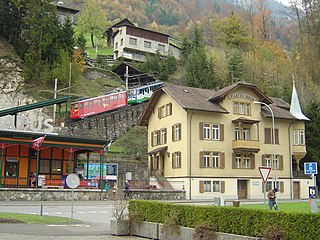
Alpnach is a village in the canton of Obwalden in Switzerland. It comprises the villages of Alpnach Dorf, Alpnachstad and Schoried.
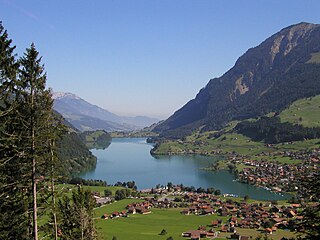
Lungern is a municipality in the canton of Obwalden in Switzerland. It encompasses Lake Lungern and, besides the village of Lungern, the settlements of Bürglen, Kaiserstuhl and Obsee.

Engelberg is a village resort and a municipality in the canton of Obwalden in Switzerland. Alongside the central village of Engelberg, the municipality encompasses additional settlements, including Grafenort, Oberberg and Schwand.

Hergiswil is a municipality in the canton of Nidwalden in Switzerland.

Lachen is a municipality in March District in the canton of Schwyz in Switzerland.

Brienz is a village and municipality on the northern shore of Lake Brienz, at the foot of the Brienzer Rothorn mountain, and in the Bernese Oberland region of Switzerland. Besides the village of Brienz, the municipality includes the settlements of Kienholz and Axalp.
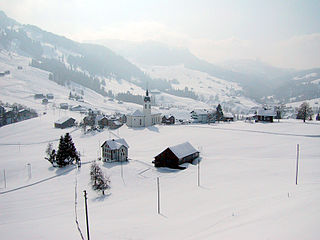
Oberiberg is a village and municipality in Schwyz District in the canton of Schwyz in Switzerland. The municipality comprises the village of Oberiberg and the hamlet and ski area of Hoch-Ybrig.

Entlebuch is a municipality in the canton of Lucerne in Switzerland. It is the seat of the district of Entlebuch. The area has been designated a Biosphere Reserve by UNESCO in 2001.

Valeyres-sous-Rances is a municipality in the district of Jura-Nord Vaudois in the canton of Vaud in Switzerland.

Muotathal is a village and a municipality in Schwyz District in the canton of Schwyz in Switzerland. The eponymous valley, the Muotatal, is formed by the Muota, which joins Lake Lucerne at Brunnen.
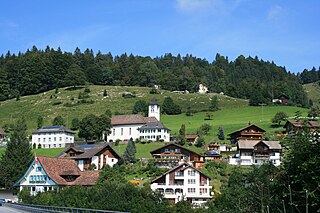
Innerthal is a municipality in March District in the canton of Schwyz in Switzerland.

Flüelen is a municipality in the canton of Uri in Switzerland.

Aesch is a municipality in the district of Hochdorf in the canton of Lucerne in Switzerland.

Luthern is a municipality in the district of Willisau in the canton of Lucerne in Switzerland.

Wauwil is a municipality in the district of Willisau in the canton of Lucerne in Switzerland.
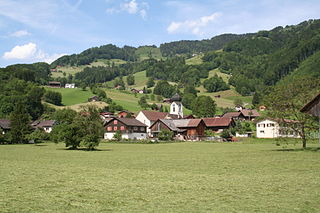
Schänis is a municipality in the Wahlkreis (constituency) of See-Gaster in the canton of St. Gallen in Switzerland.
Hérémence is a municipality in the district of Hérens in the canton of Valais in Switzerland.
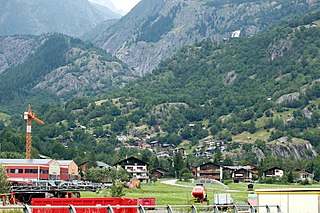
Fieschertal is a village and municipality in the district of Goms in the canton of Valais in Switzerland. Besides the village of Fieschertal, the municipality includes the nearby hamlets of Wichul, Zer Flie and Wirbul.
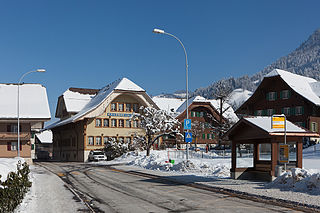
Escholzmatt-Marbach is a municipality in the district of Entlebuch in the canton of Lucerne in Switzerland. On 1 January 2013 the former municipalities of Escholzmatt and Marbach merged to form the new municipality of Escholzmatt-Marbach.


























